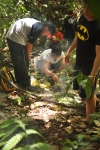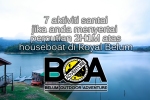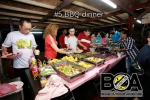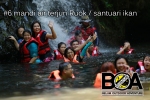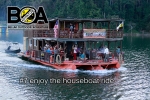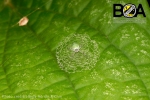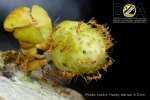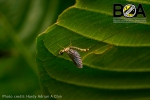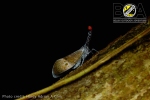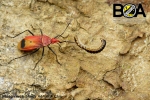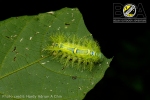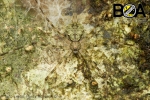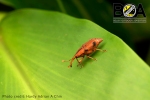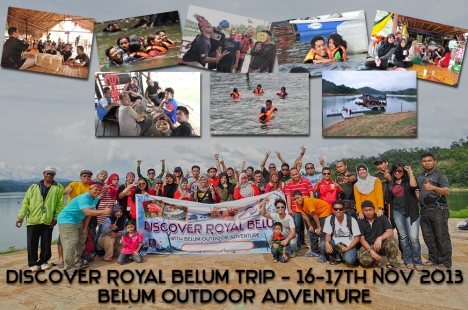
Up for a challenge of a lifetime? On Day 1, check in into Gopeng rainforest night and relax yourself while we entertain you with local foods and performance. Ice breaking is a must and we’ll prepare you with the trip schedule.
On Day 2, you’ll face the unexpected underground experience in the mystical – eerie – Kandu Cave and for a chance to shoot trough the rapids of Kampar River all in a day! Caving is perfect for you if you’re scared of the dark, for what is a great outing if not to take you out of your comfort zone? Face your fears! By the end of the day you would have conquered your claustrophobia and achluophobia!
The clear water of Kampar River (Class I-III) is suitable for anyone who is physically fit and those who crave for mild technical adventure whilst safely enjoy a rafting trip.
On the river, you’ll have the thrills of tackling exciting rapids and floating down the clear water river amidst a lush rainforest. You will ride the continuous rapids graded from class I-III, and continue down river, passing by some old tin mining plains. Have fun during the rafting like do some body-rafting or even take a spin in the raft with your head in the water….or just get to the traditional fun of water fight with your fellow rafters! Get wet and get in touch with nature once more!
On Day 3, you will experience the best of nature, 130 million years rainforest. Setup your camp and we will guide you through insect bites, leeches and roar of tigers at night. If you think rainforest is so quiet, come experience the nature yourself! Its a jungle out there!! If on Day 1, you raft on rubber and glide through rapids, now you’ll have the experience of the natives, build your own bamboo raft (we will give you bamboos and ropes of course) and paddle it down to Orang Asli village for some traditional dance and blowpipe presentation. You can try it, but please don’t try it at home.
On Day 4, you’ll get closer to nature when we jungle trek to wild animal observation tower and if we are lucky, mouse deer, wild boar, or even tigers will come and sip from their salt lick while we watch on the hut quietly. Dip yourself into the cool and fresh waterfall of Ruok, where Kelah (mahseer) fish is breed and release to the lake. Its like going to fish spa, thousands of Kelah will surround you while you are in the water. Don’t think of Piranha, this Kelah fish don’t eat flesh. You then wil check out from Royal Belum and indulge yourself into nice bed of Banding Lakeside Inn and spent the night with fresh local BBQ by the swimming pool.
On Day 5, get yourself active again and release your stress by shooting paintballs, glide through our flying fox and rock climbing. if you think you are tough enough to experience this 5 days and 4 nights hectic eco-adventure activities, pack your bags and call us! All the trip schedule can be altered to fit you schedule and timing.
Filed under: Packages | Tagged: bamboo raft, Banding, Biodiversity, blowpipe, eco tourism, elephants, Hornbill, Jahai, jungle treking, kelah, mahseer, nature conservation, Orang Asli, Perak Eco-adventure, rafflesia, Rafting, Royal Belum, Temenggor, tigers, wild animal, wild boar | Leave a comment »












